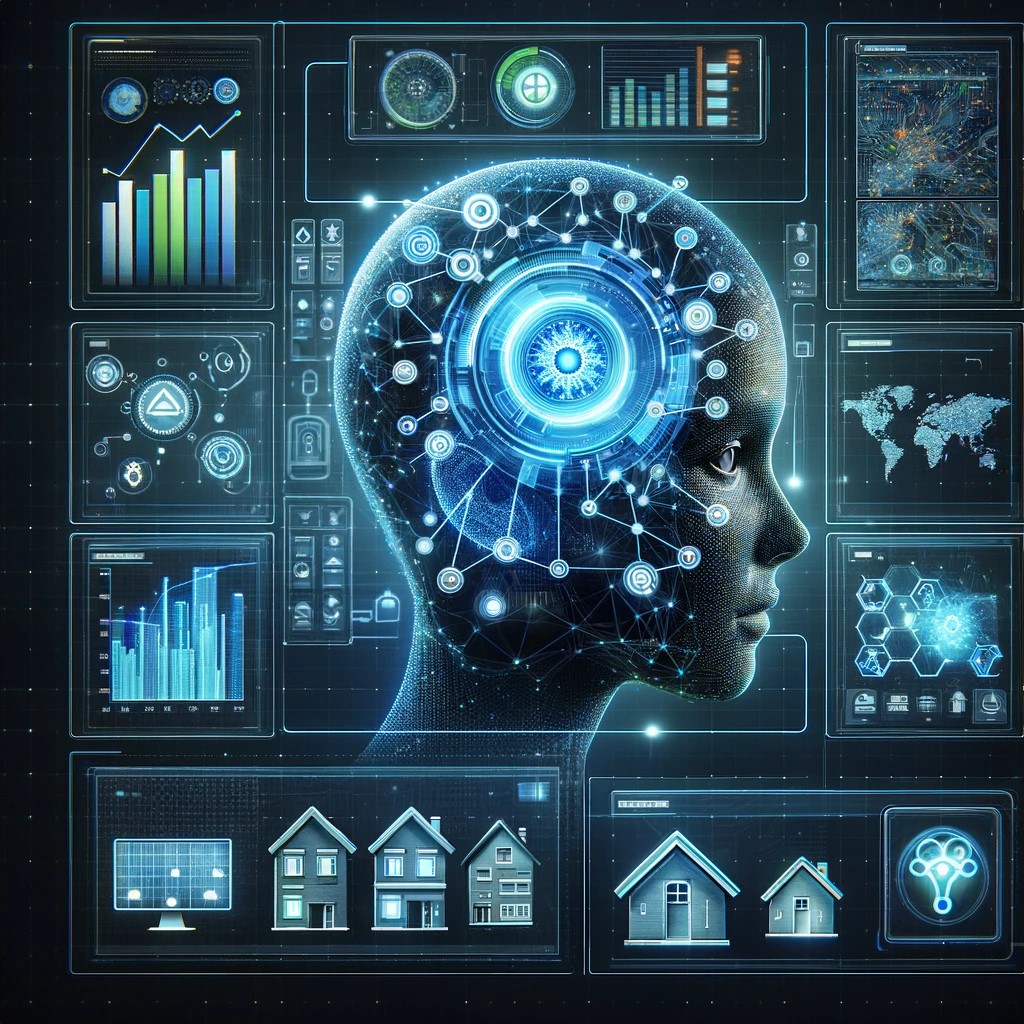In the quest for efficient energy management, Artificial Intelligence (AI), particularly neural networks, has emerged as a game-changer. The image we see depicts the predicted fuel mix for the CAISO's energy grid, showcasing an advanced AI-driven approach to forecasting.
The chart is a vibrant tapestry of colors, each representing a different energy source contributing to the grid's power supply over time. From the deep blues of solar to the vibrant purples of wind energy, the peaks and valleys tell a story of energy use, production, and the intricate balance maintained by the CAISO.
This forecasting is made possible by neural networks, a form of AI that mimics the human brain's ability to recognize patterns and learn from data. By feeding vast amounts of historical and real-time data into the neural network—including weather patterns, historical demand, generation capacity, and more—the AI model learns to predict future energy needs with remarkable accuracy.
The benefits of such AI applications are manifold:
-
Optimized Energy Distribution: With accurate predictions, grid operators can better balance energy distribution, ensuring that the most efficient and cost-effective energy sources are used to meet demand.
-
Renewable Energy Integration: AI's predictive capabilities are crucial for integrating renewable energy sources, which are often intermittent and unpredictable, into the energy mix without compromising the reliability of the power supply.
-
Dynamic Pricing Models: By anticipating energy supply and demand, utility companies can develop more dynamic pricing models that encourage consumers to use energy during off-peak hours, leading to cost savings and reduced stress on the grid.
-
Reduced Carbon Footprint: Accurate predictions mean less reliance on fossil fuels as backup energy sources, which, in turn, leads to a lower carbon footprint for the grid as a whole.
The AI neural network's ability to predict the fuel mix for energy grids like CAISO's is just one example of how this technology is paving the way for smarter, cleaner, and more efficient energy systems across the globe. As we continue to refine these AI models, the future of energy management looks brighter—and much more sustainable.

Artificial Intelligence (AI) is revolutionizing Energy Management Systems (EMS) for microgrids, Virtual Power Plants (VPPs), and Battery Energy Storage Systems (BESS). For microgrids, AI algorithms can predict power demand and renewable supply, allowing for dynamic adjustment of energy distribution to improve efficiency and stability. In VPPs, AI optimizes the orchestration of distributed energy resources, enhances demand response strategies, and streamlines energy trading in real-time markets. For BESS, AI applications extend beyond simple charge and discharge activities, employing predictive analytics to forecast energy prices and demand patterns, while also managing the health of the battery to prolong its lifespan and efficiency.
AI-driven EMS for microgrids can include predictive maintenance, where machine learning algorithms analyze operational data to predict equipment failures before they occur, minimizing downtime and maintenance costs. This is crucial for microgrids, which often operate in remote locations and rely on a high degree of autonomy.
In VPPs, AI can aggregate diverse energy resources such as solar panels, wind turbines, and small-scale generators. It can predict the best times to store energy or feed it into the grid, based on predictive models that analyze various factors such as weather patterns, consumption trends, and market prices. This enables VPPs to function like a single power plant, providing a reliable, distributed energy supply.
For BESS, AI leverages historical data and real-time inputs to make decisions on when to store energy and when to release it back into the grid to take advantage of fluctuating energy prices. This not only improves the profitability of BESS operations but also contributes to grid stability during peak demand times or when intermittent renewable energy sources are not generating power.
AI also contributes to the optimization of energy flows within a BESS, ensuring that batteries operate within optimal temperature and charging ranges, thereby extending their operational life and return on investment.
In all these applications, AI enhances the capabilities of EMS by providing deep insights, predictive capabilities, and automated control mechanisms that were previously impossible. As AI technology advances, its role in managing energy systems is set to become even more integral, facilitating a more sustainable, efficient, and resilient energy landscape.
